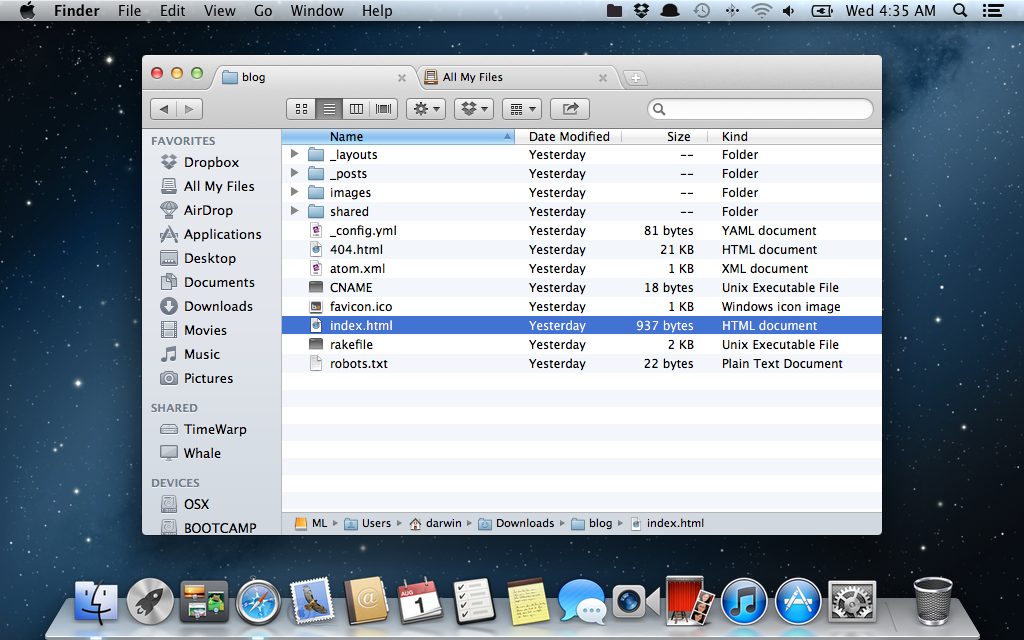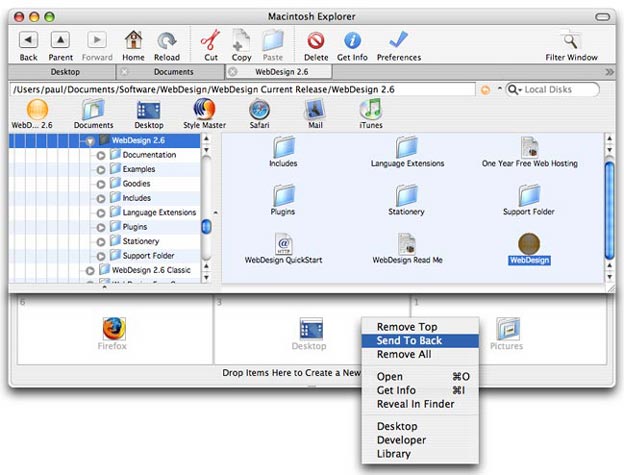-
File Explorers For Mac카테고리 없음 2020. 3. 22. 16:59
Advertisement The best way to describe Windows File Explorer is “functional.” Sure, it’s got a few little settings you can tweak, and there are Did you know that Microsoft hid a Universal Windows Platform version of the File Explorer in Windows 10? It's not complete yet, but you can still check it out to see what's coming. That’ll make it work more efficiently, but it’s still decidedly more “Volvo” than “Mercedes.” If you spend a lot of time in the app, it’s easy to become weary of its idiosyncrasies.
Why can’t you integrate non-Microsoft cloud storage providers? Why can’t you reorder the main shortcuts in the left-hand panel? And why hasn’t Microsoft introduced tabbed browsing? Perhaps it’s time to dump File Explorer and use a third-party alternative? If you’ve never looked into what’s available, you might be surprised. Here are the seven best Windows File Explorer replacements. XYplorer To be honest, if you’re looking for an alternative, you could stop searching right now.
XYplorer is possibly the best replacement for Windows File Explorer. But what makes it so good?
First, it’s portable. That means you don’t need to worry about it not being available on other computers you have to use during the day. Just keep it loaded on your USB stick along with all your other Portable apps let you take your favorite software anywhere via a flash drive or cloud storage.
Here are 100 of them to cover your every need, from games to image editors. Second, it’s got a hugely impressive feature set that will appeal to both casual users and hardcore geeks. For example, the explorer has tabbed browsing. The tabs function like a web browser’s tabs: you can reorder them, drag files between them, and even pre-configure them. The app also boasts support for Want to take shortcuts in Windows?
Or curious about taking your first steps into scripting? Here are seven Windows scripts to get started with., customizable fonts and colors, and secondary sorting. XYplorer has both a free and paid version. The paid costs $39.95 for a lifetime license. If you’re prepared to spend the time learning where to find everything, you will be handsomely rewarded.
Features include support for synchronizing files and finding duplicates, scripting capabilities, graphics that allow you to flag and check mark files, and a customizable status bar. Just watch out for the beefy file size.
XYplorer is 7 MB, whereas the Directory Opus installer clocks in at 50 MB. The final app directory is almost 100 MB. The lite version costs about $40 while the full version is $70. A 60-day free trial is available. Fman fman is the least Windows-like app on the list so far. It’s self-described as “GoTo on steroids.” Perhaps the best thing about fman is its cross-platform support; it works on Mac and Linux as well as Windows.

If you spend a lot of time jumping between the three operating systems, it’ll provide a sense of continuity in your work. Nonetheless, if you’re a beginner, this probably isn’t the app for you. Fman is mainly aimed at software developers and other tech-savvy pros. Feature-wise, it always displays the contents of two directories to make moving and copying files a breeze. It also has an extensive list of plugins for additional functionality and it has full keyboard shortcut support.

It’s free to download and use, but an update license costs $12. Free Commander Free Commander is the first entirely-free software on this list. If you’re not a power user and you don’t want to pay for a Windows File Explorer replacement, this is probably the app for you. The app doesn’t try to confuse users with lots of features most people will probably never use. Rather, it aims to offer an alternative solution that remedies some of the glaring omissions within the native Windows app. So, if you’re a first-time user, what can you expect? Free Commander offers a tabbed interface, dual panels for easy drag-and-drop, built-in Were you ever faced with a.rar file and wondered how to open it?
Fortunately, managing ZIP files and other compressed archives is simple with the right tools. Here is what you need to know.
File Explorer For Mac Download
(ZIP files), folder synchronization, definable shortcuts, and even a DOS command line. Explorer The second entirely-free app on the list, Explorer makes the cut because it’s open source. That means the community can keep working on it for as long as they wish — there’s no danger you’ll be tied to an unsupported app at some point in the future. Interestingly, it’s also one of the most basic apps on the list. It looks the most similar to Windows File Explorer and offers the fewest enhancements.
Despite that, the enhancements will lift most users to a new level of productivity. You will enjoy tabbed browsing, the ability to merge and split files, and a display window for file previews. Altap Salamander Most of the apps I have shown you so far have focused on one computer. Altap Salamander is the first Windows File Explorer replacement that makes a big push to offer extensive Even for modern users, the language surrounding home networking can be a little confusing. What's a LAN? Why do I need an Ethernet cable?
Isn't it all the same? Network protocols such as FTP, FTPS, SCP, and SFTP are all supported. It makes transferring files over the internet exceptionally straightforward. The app also offers support for more archive file types than its rivals. It can work with ZIP, RAR, 7-Zip, ISO images, and UDF images. Altap Salamander offers one other unique tool: a built-in LastPass is a popular password manager, but if you've decided to move to another solution, you'll need to export your data. Here's how to export your data into 1Password, Dashlane, or KeePass.
It means you can protect any sensitive or personal files using secure encryption techniques, thus stopping them from falling into the wrong hands. Costing around $27 (depending on the current euro exchange rate), it’s also one of the most reasonably-priced paid apps.
TagSpaces I will leave you with something entirely different. Have you heard of TagSpaces? If not, it’s worth a look.
TagSpaces is an open source file organizer. It’s seemingly targeted at light users and people who want to keep everything organized on their machine without using a full-featured file manager. It works by adding user-defined tags to all your files. For example, you could tag things as “Photos,” “Recipes,” “College,” and so on. You can color-coordinate your tags, then organize them thematically into groups for easy recall. Best of all, because it works on Windows, Mac, Linux, and Android, you can stay coordinated regardless of which device you’re working on.
The app even boasts Chromecast support. Download: Which File Manager Replacement Do You Use?
In this piece, I’ve introduced you to seven different file managers. Each of them will appeal to a different type of user. People looking for a small amount of added functionality should consider Explorer or Free Commander. If you’re a power user, check out XYplorer or Directory Opus.
File Explorer For Macbook Air
Developers need fman, networkers need Altap Salamander, and if you want something completely different, download TagSpaces. Which Windows File Explorer replacements do you use? What makes them so unique? Why should they be on this list? Let us know your thoughts, opinions, and feedback in the comments below. And remember to share the article on social media to see what your followers think. Image Credit: OBprod/Shutterstock Explore more about:,.